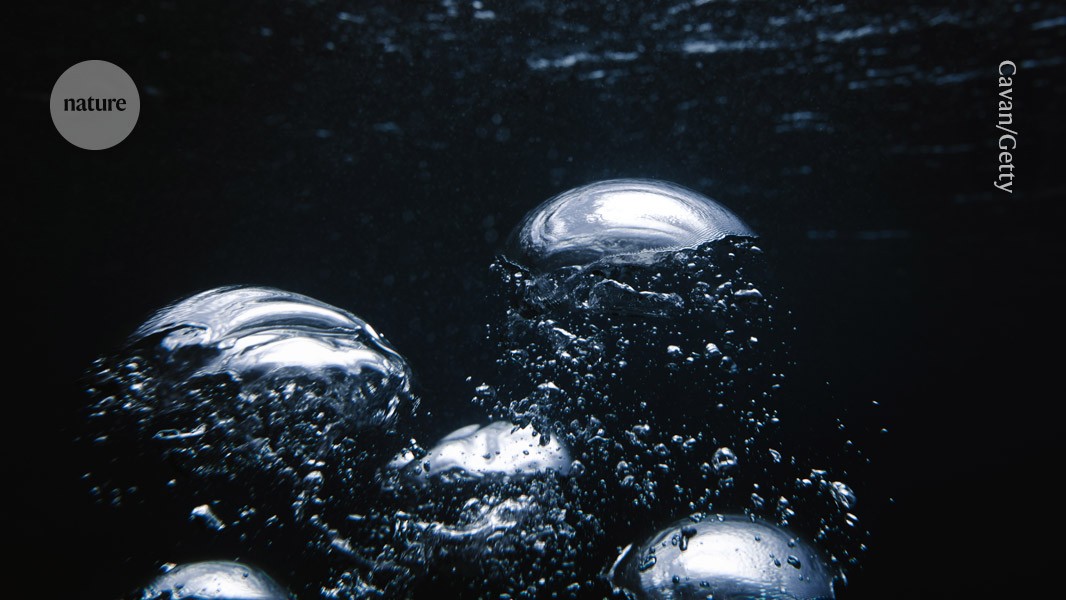- cross-posted to:
- globalnews@lemmy.zip
- earthscience@mander.xyz
- science@lemmy.world
- cross-posted to:
- globalnews@lemmy.zip
- earthscience@mander.xyz
- science@lemmy.world
Something is pumping out large amounts of oxygen at the bottom of the Pacific Ocean, at depths where a total lack of sunlight makes photosynthesis impossible.
The phenomenon was discovered in a region strewn with ancient, plum-sized formations called polymetallic nodules, which could play a part in the oxygen production by catalysing the splitting of water molecules, researchers suspect.
“We have another source of oxygen on the planet, other than photosynthesis,” says study co-author Andrew Sweetman, a sea-floor ecologist at the Scottish Association for Marine Science in Oban, UK — although the mechanism behind this oxygen production remains a mystery. The findings could also have implications for understanding how life began, he says, as well as for the possible impact of deep-sea mining in the region.
Sweetman and his collaborators first noticed something amiss during field work in 2013. The researchers were studying sea-floor ecosystems in the Clarion–Clipperton Zone, an area between Hawaii and Mexico that is larger than India and a potential target for the mining of metal-rich nodules.
“I suddenly realized that for eight years I’d been ignoring this potentially amazing new process, 4,000 metres down on the ocean floor,” says Sweetman.


